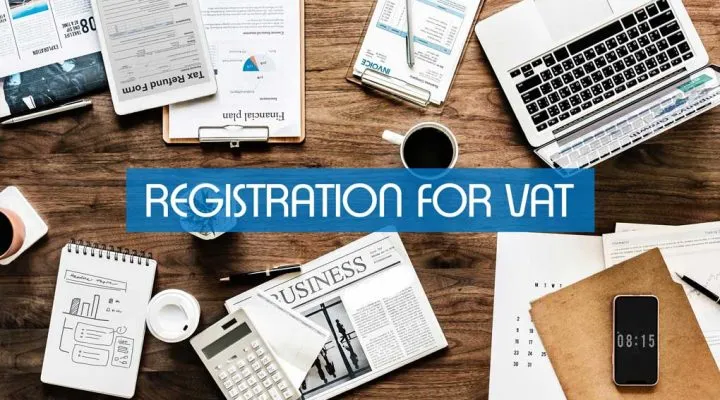In the context of the UAE’s VAT system, the meticulous recording of taxable supplies and the maintenance of accurate records are of paramount importance. Tax Invoices serve as the official documents issued by registered entities to document taxable supply occurrences. These invoices not only underpin the filing of VAT returns but also provide essential documentary evidence for claiming input VAT deductions. These invoices can take the form of either written or electronic records. Let’s delve into a comprehensive exploration of the various facets of VAT invoices in the UAE.
Types of VAT Invoices
Within the UAE, VAT invoices fall into two categories:
1. Tax Invoice
A Tax Invoice is mandatory for registered suppliers when providing supplies to registered recipients with a consideration exceeding AED 10,000.
2. Simplified Tax Invoice
A Simplified Tax Invoice is issued by registered suppliers under the following conditions:
-The recipient is not VAT registered.
– The recipient is a registrant, and the consideration for the supply does not surpass AED 10,000.
Simplified Tax Invoices are typically used by retail businesses and those providing supplies under AED 10,000 to registrants. They are streamlined versions of the standard Tax Invoice, requiring fewer details.
Note: In cases where a supply is entirely zero-rated under VAT, such as educational services or essential healthcare services, and there are sufficient records to validate the supply, a Tax Invoice is not required.
Documents for Supplies to Other GCC States
When a registrant supplies goods or services to other Gulf Cooperation Council (GCC) states, the document should not be labeled as a ‘Tax Invoice,’ and no tax should be charged. This document must include all the details essential for a Tax Invoice, along with the recipient’s Tax Registration Number (TRN) and a statement indicating that the supply occurs between the UAE and another GCC state.
When to Issue a Tax Invoice?
A Tax Invoice should be issued within 14 days from the date of supply.
Rounding Off VAT Amounts in a Tax Invoice
In a Tax Invoice, if the VAT amount is calculated as a fraction of a fils, it can be rounded to the nearest fils using standard mathematical rounding rules. Specifically, if the fraction is less than 0.5, round down to the nearest fils; if it’s 0.5 or more, round up to the nearest fils.
For instance, if the VAT amount on a Tax Invoice is AED 100.40, it can be rounded down to AED 100; if it’s AED 100.60, it can be rounded up to AED 101.
Currency in a Tax Invoice
The currency to be used in a Tax Invoice is the UAE Dirham. If the supply is transacted in a currency other than the UAE Dirham, the invoice amount should be converted to UAE Dirham according to the Central Bank’s approved exchange rate on the supply date.
Conditions for Issuing Electronic Tax Invoices
For registrants issuing electronic Tax invoices, the following conditions must be met:
– The supplier should securely store a copy of the electronic tax invoice as per record-keeping requirements.
– The electronic tax invoice should guarantee the authenticity of its origin and the integrity of its content.
Retention Period for Tax Invoices
All Tax Invoices, whether received or issued, should be retained for a minimum of 5 years from the end of the year to which the invoice pertains. In the case of real estate properties, Tax Invoices should be retained for at least 15 years.
Failure to issue a Tax Invoice for every taxable supply of goods or services, complying with the required format and details, can result in Administrative Penalties. To streamline this process, businesses can consider utilizing software to ensure swift and accurate compliance with UAE’s VAT regulations.
You can also register VAT Registration in our website:
https://www.vat-registration-uae.com/




